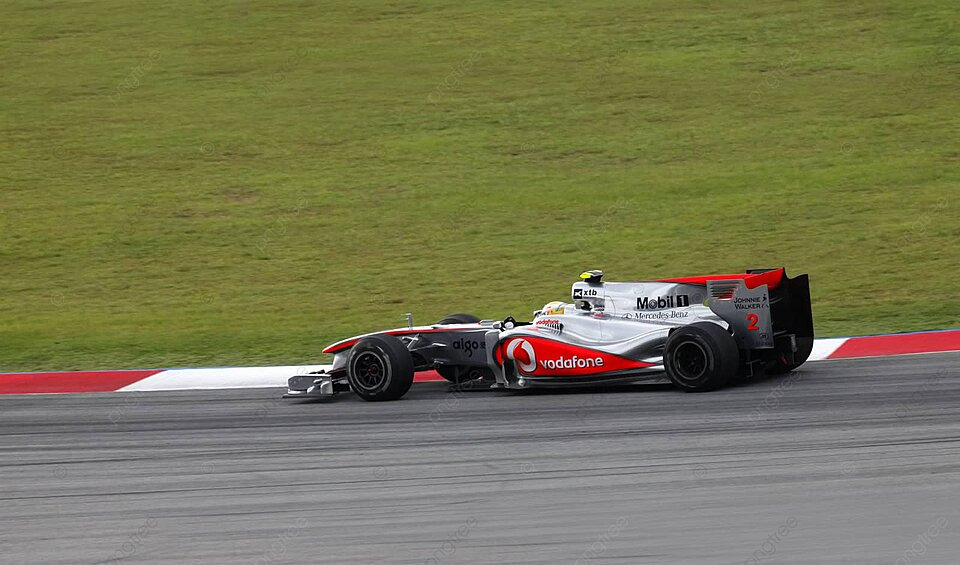The Sepang International Circuit (SIC) is a world-renowned motorsports circuit located near Kuala Lumpur, Malaysia. Since its inauguration in 1999, the Sepang Circuit has hosted some of the most prestigious racing events in the world, most notably the Formula One Malaysian Grand Prix from 1999 to 2017. The racetrack has not been featured in the calendar for the last couple of years, but recently there has been quite some stir about its potential return to the calendar in 2026. Malaysian Oil company Petronas is strongly lobbying and trying to bring back this amazing race circuit.
Origins of the Sepang Circuit
The idea for the Sepang Circuit was conceived in the 1990s by the former Prime Minister of Malaysia, Tun Dr. Mahathir Mohamad. As part of his vision to transform Malaysia into an industrialized nation, Dr. Mahathir proposed the construction of a state-of-the-art racing circuit that would rival famous tracks in Europe and help put Malaysia on the global motorsports map.
Built in just 14 months at a cost of $58 million USD, the Sepang Circuit was designed by renowned German architect Hermann Tilke. The track layout consists of 15 turns and 8 straights, including two long straights over 1 km each in length. This allows for high speeds exceeding 300 km/h and ample overtaking opportunities. Something, which seems to have been forgotten with some of the recent tracks in Miami, Jeddah or Losail.
A World-Class Facility
Right from its inception, the Sepang Circuit was hailed as one of the finest racing circuits ever constructed. The facilities available at the circuit are truly world-class, and the close distance to Malaysia’s capital city, Kuala Lumpur makes the commute easy for all the fans.
The main grandstand complex can accommodate over 30,000 spectators. In total, the circuit can host up to 130,000 fans on race day. There are also 18 luxury air-conditioned corporate suites for VIP guests and sponsors.
Some of the standout amenities at the Sepang Circuit include:
- A modern pit building with 30 individual garage bays for the race teams
- State-of-the-art race control, timing, and media centers
- Advanced CCTV system with 27 cameras covering the entire circuit
- Electronic flag marshal system to notify drivers of cautions, etc.
This array of cutting-edge facilities makes the Sepang Circuit one of the most technologically advanced racetracks in motorsports, which makes it even sadder not to see this track on the calendar.

A Storied History of Racing
From 1999 to 2017, the Sepang Circuit hosted the prestigious Formula One Malaysian Grand Prix. The first Malaysian GP, held was won by Eddie Irvine in a Ferrari. This race saw multiple crashes, including one involving former World Champion Michael Schumacher. The exciting yet dramatic inaugural GP set the precedent for many action-packed F1 races to follow. Malaysian fans even witnessed a Malaysian driver, Fairuz Fauzy who was also one of two Muslim drivers in F1 take the wheel of Lotus for FP1
One of the most thrilling F1 races held at Sepang was the 2009 Malaysian GP, which had to be stopped prematurely after 32 laps due to torrential rain. Brawn GP driver Jenson Button took his second career win. The race was initially red flagged, and when the drivers were standing still on the grid, the announcement came that the race will not be restarted.
The final F1 race at Sepang in 2017 was won by Red Bull’s Max Verstappen. It was only the second Grand Prix victory for the Dutchman. At that time, he has only 20 years and 6 days old.
Sebastian Vettel’s First Ferrari Win
In 2015, Sepang witnessed Sebastian Vettel’s first F1 victory for the Scuderia Ferrari. At that time, a 4-time World Champion switched from Red Bull to Ferrari, and delivered a long-desired race win only in his second race for the new team. It was the first Ferrari win in Formula 1 since the 2013 Spanish Grand Prix, won by Fernando Alonso.
This emotional first win for Ferrari was a pivotal career moment for Vettel. It also showed he could succeed with Ferrari where his childhood idol Michael Schumacher had dominated in the early 2000s.

Other Major Racing Events
Although it no longer hosts F1, the Sepang Circuit remains a popular venue for other prestigious racing series. These include:
- MotoGP Malaysian Motorcycle GP (since 1999)
- FIM Endurance World Championship
- Asian Le Mans Series
- Sepang 1000KM Endurance Race
- Malaysia Championship Series (MCS)
The circuit facilities also host many corporate driving events and regional motorsport series throughout the year. So even without F1, Sepang continues to have an active and robust racing calendar.
The Future of the Sepang Circuit
Looking ahead, there is always the possibility of Formula One returning to Sepang in the coming years. The circuit still retains its FIA Grade 1 certification and could host F1 again with some facility upgrades.
However, for now the focus remains on motorcycle racing and nurturing Malaysian driving talent via the Sepang Racing Team program for Asian and domestic series. There are also plans to redevelop the surrounding track area into an automotive technology hub.
So while F1 may be absent from Sepang for the time being, the iconic circuit seems poised to remain a major hub of Malaysian motorsports for decades to come through racing, engineering R&D, and driver development projects. And who knows, with some more effort from Petronas, we may see the Sepang Circuit return to the calendar for the 2026 season.

